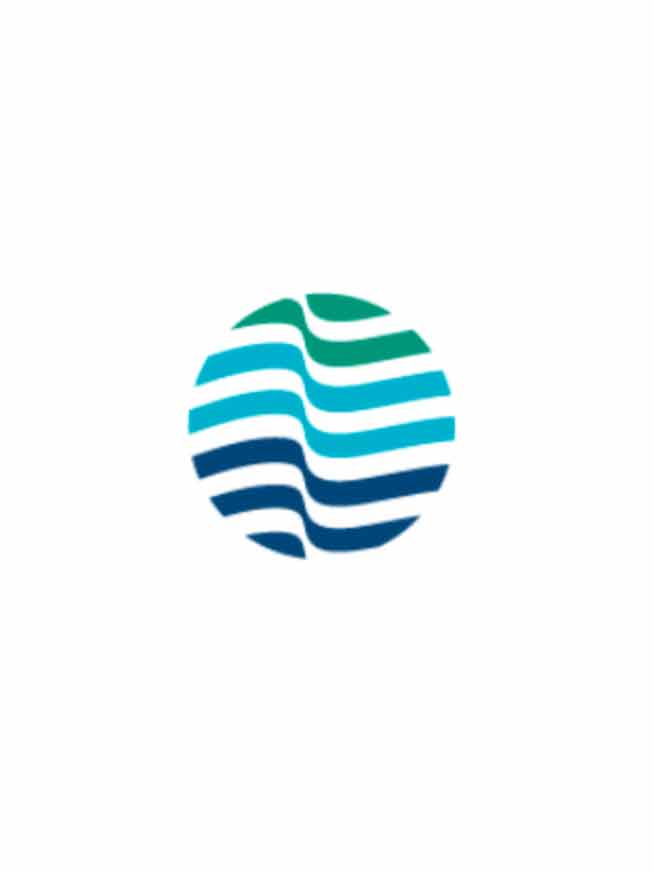Water: Facts, Trends, Threats, and Solutions

Water: Facts, Trends, Threats, and Solutions
“When the well is dry, we learn the worth of water.” On the subject of water, three key trends confront us: climate change will affect rainfall and runoff patterns and seriously impact our water supplies both in the United States and abroad; 780 million people in the developing world still don’t have access to clean drinking water – and pressure from pollution, wetland destruction, and climate change is threatening to make this worse; and the dangers of water privatization demand greater scrutiny from governments and the public. New approaches to the way we manage water are key to meeting these challenges. Water managers, policy-makers, and the general public must recognize that today’s threats will become tomorrow’s tragedies without swift action to combat climate change, protect wetlands, guard against the dangers of privatization, and use our water efficiently. The good news is by improving how efficiently we use water we can protect the environment, provide for agriculture and industry, and ensure there is plenty of clean drinking water for people around the world. Trend: Climate Change Impacts Threaten Water Supplies and Economy Delaying action to combat climate change and plan resilience strategies for inevitable changes could threaten water supplies, both in the U.S. and around the world. Climate change will disrupt traditional weather and run-off patterns and could increase the frequency and severity of drought and floods, changing when and where we get snow and rain. In the western U.S., if our snow pack melts too quickly or if water that falls as snow turns to rain, we’ll see more flooding in the winter and less water during the summer when we need it most. This is one reason why taking effective action now to reduce greenhouse gas emisions is so important. Facts about Climate Change in the United States: Freshwater is essential for human survival, for agriculture and for the survival of our planet’s plants and animals. But pollution, climate change, water-related disease, and the destruction of our natural world all threaten the purity and availability of our most precious resource. Despite the pressing nature of these threats, water institutions and policymakers have, so far, been largely unable to develop the tools and approaches needed to address these problems.”The best way to solve emerging threats to the world’s fresh water is by rethinking how we use and manage our scarce resources,” said Dr. Peter Gleick, president of the Pacific Institute. “We must look at ways to increase our efficiency of use, instead of just building more dams and reservoirs. Improving the efficiency of our water systems, taking real steps to tackle global warming, and opening the policy debate over water to new voices can help turn the tide.” Facts about Emerging Threats to the World’s Water: Trend: Dangers of Water Privatization Demand Greater Scrutiny Water privatization – turning the operation, control, or ownership of public water supplies over to corporations – is increasing both overseas and in the United States. In the U.S., cities like Stockton, California, Jersey City, New Jersey, New Orleans, and Atlanta have all experimented with water privatization. Though certain types of privatization can help water utilities become more efficient or provide water – especially to those in the developing world who currently lack basic services – there are a host of dangers. “There is little doubt that the headlong rush to private markets has failed to address some of the most critical issues and concerns about water,” Dr. Peter H. Gleick, President of the Pacific Institute. “Our assessment shows that rigorous, independent review of water privatization efforts are necessary to protect the public. Water is far too important to human health and the health of our natural world to be placed entirely in the private sector.” Facts about Water Privatization: Solution: Using Water More Efficiently Key to Meeting Future Demands As the trends show, there are many serious threats to the world’s supply of fresh water. But the good news is that we have a solution that can help us solve, or at least make headway, on all of these problems: improving efficiency. Work at the Pacific Institute indicates that California residents are using almost 35 percent more water than they need to be. And, previous work has shown that there are a host of innovative techniques that can be applied to the residential, commercial, and agricultural sectors to improve our efficiency and conserve water. Facts about Water Efficiency:Overview
– Ben Franklin, Poor Richard’s Almanac 1733
Facts on the World’s Water
Trend: Growing Threats to World’s Water Demand New Approach

